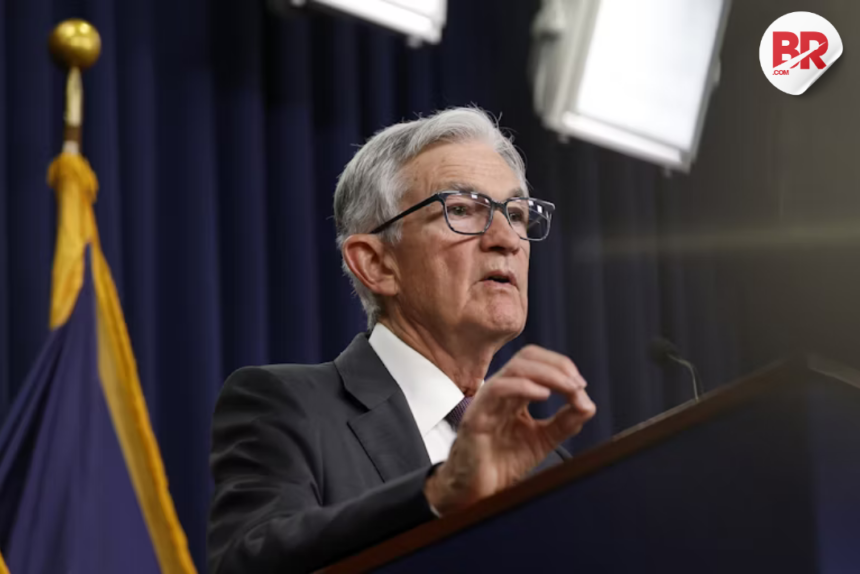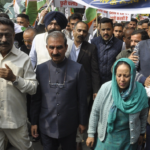Federal Reserve Chair Jerome Powell has issued a serious warning: Trump tariffs threaten inflation and economic growth. The message is clear—tariffs may cause prices to rise and slow down the U.S. economy. And that could mean trouble ahead for American consumers and businesses alike.
So, what does this mean for you?
Higher prices at the store. Fewer job opportunities. More uncertainty when businesses decide whether to invest or hire. The economic impact of trade policy is no longer an abstract debate—it’s coming to a checkout line near you.
Why Tariffs Lead to Inflation
Tariffs are taxes on goods imported from other countries. When the U.S. slaps tariffs on products—say steel from China or electronics from Europe—those costs often get passed on to you, the consumer.
Here’s how that works:
- Imported goods cost more. If you’re buying a laptop, a car, or even certain groceries, expect to pay more.
- Supply chains break down. U.S. companies that depend on foreign parts face delays and rising costs.
- Made in America? Still costs more. Even domestic producers use imported materials. When those materials get expensive, so does everything else.
According to a Brookings Institution study, tariffs imposed during Trump’s presidency raised consumer costs without major long-term benefits to manufacturing jobs. That means inflation without much payoff.
Also Read: China Tariffs Skyrocket to 245%—Is This the Breaking Point in the U.S.-China Trade War?
How Growth Slows Down
Inflation isn’t the only risk. Trump tariffs threaten economic growth by disrupting global trade and creating fear in the business world.
Let’s break that down:
- Exports suffer. Other countries fight back with their own tariffs. American-made goods become less competitive abroad.
- Companies hesitate. Who wants to invest in new factories or hire more workers when trade rules keep changing?
- Jobs vanish. Industries that depend on exports—like farming or car manufacturing—feel the pain first.
A striking example: The U.S. auto industry, which relies heavily on global supply chains, faced higher costs due to tariffs on steel and aluminum. These price hikes led to job cuts and higher vehicle prices.
Powell’s Balancing Act
Jerome Powell’s job is to manage inflation and keep the economy growing. But tariffs put him in a bind.
If inflation rises too much, the Fed may need to raise interest rates. That makes borrowing more expensive and can slow the economy further. But if the Fed cuts rates to support growth, inflation could spiral.
It’s a catch-22 for the central bank.
To keep the economy stable, Powell and the Federal Reserve have already used tools like interest rate cuts. But with rising trade tensions, these tools may not be enough. His latest comments serve as a flashing red warning light.
Also Read: US-China Trade War Escalates: Boeing Becomes Beijing’s Latest Target
The Road Ahead
While some argue that tariffs protect American jobs and industries, Powell’s warning suggests the bigger picture is more complex. Short-term protectionism can lead to long-term pain. Especially when it threatens inflation and growth together.
The debate around tariffs isn’t just about trade. It’s about what kind of economy we want—and who ultimately pays the price.
Also Read: Wall Street Reacts to Nvidia’s 5.2% Drop: US Export Curbs Send Shockwaves




